In pursuit of capital
IMF programmes provide financing lifeline; remittances and import controls shape current account
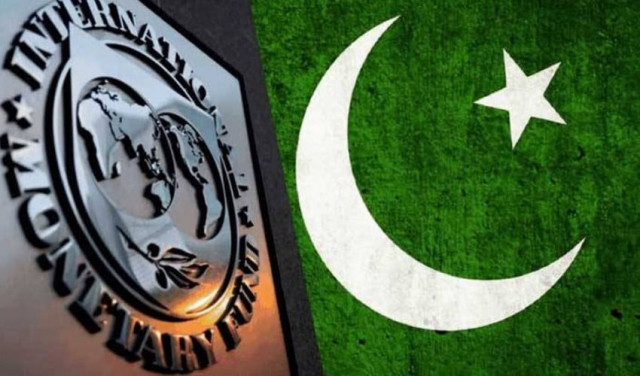
Developing economies have to borrow from multilateral institutions, bilateral sources, and foreign commercial banks to bridge their financing gaps.
Most of these countries experience balance of payments' crises and approach the International Monetary Fund (IMF) to meet their foreign exchange commitments. A green light from the IMF opens up external financing options for developing countries, and Pakistan is no exception.
Since the early 1990s, successive regimes have been trying to build financial capital by convincing the IMF that they would fulfil external cash commitments as and when they arose. When the size of the economy was small, the government contracted only small amounts of loans from the IMF, as the amount depended on the country's quota. During the 1990s, successive governments entered six financing facilities with the IMF. As the size of the economy and international trade grew, the contractual amount of loans also increased. The government contracted a Stand-By Arrangement (SBA) in 2023 and an Extended Fund Facility (EFF) in 2024. Thus, it has undertaken two programmes in a short span. The IMF's EFF is a medium-term programme of structural reforms, typically around $7 billion in size.
As a borrower convinces the lender and gains confidence, the lender continues extending reasonable amounts of credit. Over time, sufficient lending is required by the borrower. If policymakers try to bolster the economy, this increases the need for financing. Hence, the country requires sufficient financing to meet its existing cash commitments.
This financing requirement also increases the external debt-GDP ratio. External debt has two components: public external debt and private external debt. In the current context, this refers to public external debt. Pakistan's public external debt-to-GDP ratio is around 26% in FY2025, which is at a prudent level. However, high interest costs on foreign debt may create financing challenges.
Many developing countries either face high external debt-to-GDP ratios or high foreign interest costs. Such countries observe a high international risk premium, which implies they command lower lender confidence. They, therefore, attempt to build financial capital to secure financing for meeting their cash commitments.
The current account balance has two components: trade balance and factor balance. Trade balance comprises trade in goods and services. Factor balance consists of net remittances plus foreign profit and interest, less debt service. For Pakistan, trade deficits have persisted since the mid-1980s, as imports have grown faster than exports. Hence, the trade balance remains negative. In FY2025, the government adopted an import compression strategy that significantly scaled down the trade deficit. However, this also reduced real income, ie, GDP. This is referred to as income adjustment.
Within the factor balance, the sub-component of net remittances remained strongly positive, while the cost of debt service stayed low. Positive net remittances combined with low debt service created a highly positive factor balance.
This positive factor balance played a key role in producing a current account surplus in FY2025. Hence, reduced income, strong remittances, and low debt servicing costs contributed to the surplus.
In a nutshell, the purpose of building financial capital is to reduce the international risk premium. A lower risk premium increases lender confidence.
THE WRITER IS AN INDEPENDENT ECONOMIST

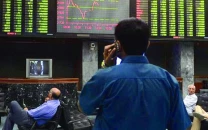



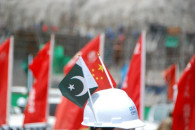






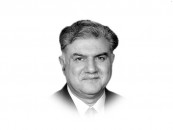
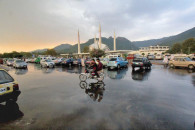
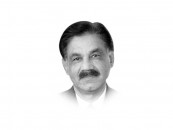
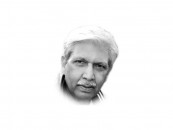
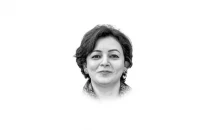


COMMENTS
Comments are moderated and generally will be posted if they are on-topic and not abusive.
For more information, please see our Comments FAQ